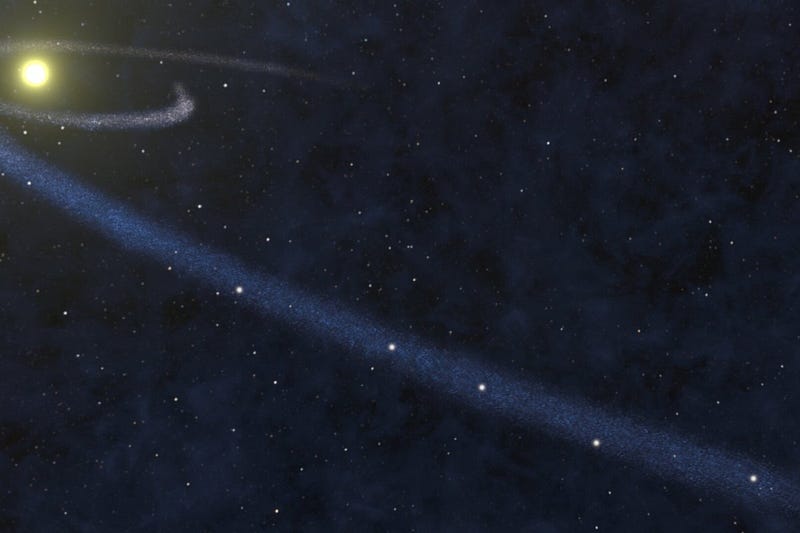Discovering the Source of Missing Matter in Our Universe
Written on
Chapter 1: Unraveling the Mystery of Missing Matter
For years, astronomers have been troubled by the challenge of accounting for all the matter that originated with the Big Bang. The scientific community has predominantly concentrated on deciphering the enigma of dark energy and dark matter, which collectively represent approximately 95% of the universe—70% being dark energy and 25% dark matter. This leaves merely 5% of the universe composed of observable matter, which includes stars, planets, and various celestial objects. Surprisingly, nearly half (40%) of this normal matter remains unaccounted for.
While astronomers have made estimates regarding the total matter present in the cosmos, verifying these calculations through observation has proven elusive. It was essential to refine their methodologies, and that's precisely what researchers at the University of Sydney have accomplished.
Utilizing innovative techniques, these student astronomers investigated electromagnetic wave distortion as it travels through gas. This shimmering effect resembles the twinkling of stars visible in the night sky. The team analyzed the radio waves emitted by distant galaxies and examined how their signals shimmered.

Section 1.1: The Search for Baryonic Matter
Yuanming Wang, the lead author of the study, noted, “We believe that a significant portion of the ‘missing’ baryonic matter exists as cold gas clouds, either within or between galaxies. These clouds are undetectable by traditional methods since they emit no visible light and are too frigid for detection via radio astronomy.”

Subsection 1.1.1: Utilizing Distant Galaxies as Tools
Employing distant galaxies as “scintillating pins,” astronomers aimed to locate and characterize a segment of the Milky Way's missing matter. They identified five of these “scintillators” aligned in the sky, all exhibiting the same distortion pattern, suggesting that their signals passed through a shared cold gas cloud en route to Earth.
Through this innovative approach, astronomers pinpointed an unobserved stream of cold gas within the Milky Way galaxy. Situated about 10 light-years from our planet, this cloud stretches approximately a trillion kilometers long and 10 billion kilometers wide, yet it possesses a mass comparable to that of the Moon.
This groundbreaking discovery does not imply that all missing baryonic matter has been located; however, it offers a substantial clue in the quest to identify similar clouds in other galaxies. Experts speculate that hydrogen, which freezes at around minus 260 degrees Celsius, may be trapped in these hydrogen “snow clouds.”
Complete research findings were published in the Monthly Notices of the Royal Astronomical Society.

Chapter 2: Further Insights into Cosmic Mysteries
In the video titled "We think we've found the missing matter in the universe - Ask a Spaceman!", researchers explore the potential sources of this elusive matter, revealing new insights into the cosmos.
The second video, "Physics in the Dark: Searching for Missing Matter," delves deeper into the methodologies used to uncover the whereabouts of this mysterious matter.
Stay informed with the content that matters — Join my mailing list